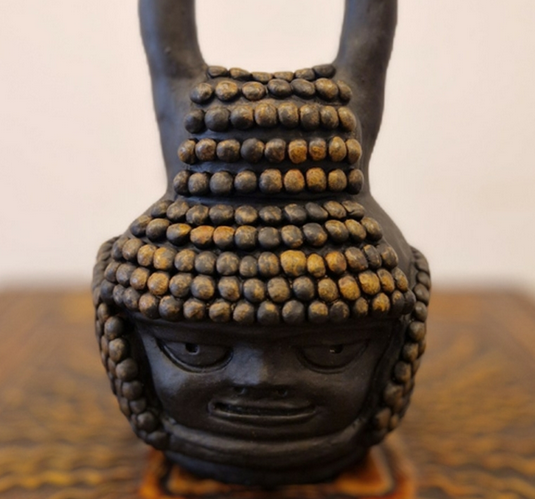The government of Ecuador has long marketed the country’s history as the area where cacao, the main component of chocolate, originated. And it has recently celebrated the finding of pottery jars in the upper Amazon region that were found to contain coffee beans.
According to the archaeological study conducted in Ecuador, Theobroma Cacao, or cacao for short, was first cultivated in the region where the Andes Mountains meet the Amazon jungle. Evidence for this discovery is supported by the Santa Ana-La Florida settlement, associated with the Mayo-Chinchipe culture. The site at Palanda is where the world’s oldest cacao beans were discovered.
The scientific journal “Nature Ecology & Evolution” released an article titled “The Use and Domestication of Theobroma Cacao during the mid-Holocene in the Upper Amazon” in October 2018. 19 researchers from Canada, France, and Ecuador carried out the study. On the basis of research done at the University of Calgary in Canada, the article discusses the early cultivation and use of cocoa in Ecuador.
The bottle with two handles, which depicts the Spondylus shell from which the double image of a human emerges and was discovered in the Santa Ana-La Florida site, was the subject of the analysis. The Mayo Chinchipe culture’s starch granules from cocoa, which have a carbon-14 dating range of 3500 BC to 3330 BC, or 5300–5500 years ago, were found within the bottle. Fragments of at least four bottles were recovered in this way.
Through interactions with civilizations from the Andean region and the Pacific coast, the Mayo Chinchipe culture used processed cocoa as a significant social and symbolic part of their diet. As a result, Amazonian cocoa was eventually introduced to the Ecuadorian coast and transported to Mexico and Mesoamerica, along with the Spondylus shell. The evidence that is currently available reveals that the Mayas and Aztecs of Mexico utilized cocoa from Ecuador to create a drink called “xcocolatl”; this marks the beginning of chocolate’s history.
The domestication and popularization of cacao, its widespread consumption and the creation of the flavor of chocolate were important achievements of the Mayo-Chinchipe culture.
The Szamos Chocolate Museum in Budapest will put a duplicate of the cacao jars on exhibit the following week, offering a rare look into the early phases of chocolate’s lengthy history. Through this exhibition and the Ecuadorian ship, visitors will have the chance to learn about the cultural origins of cacao and the history of chocolate. Starting from April 27, visitors can see the exhibition of the riches discovered in Palanda at the Szamos Chocolate Museum.
